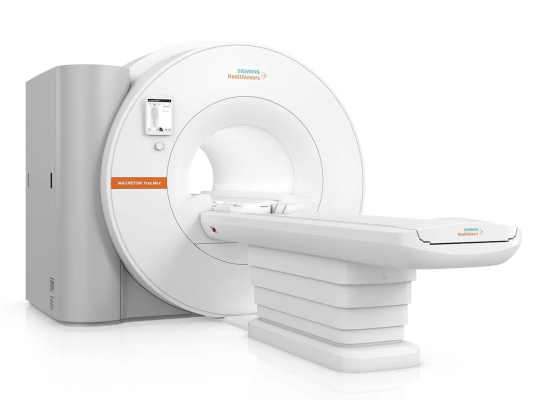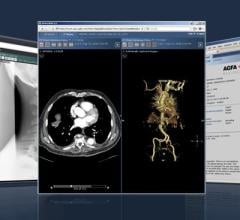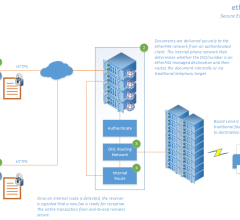
April 26, 2023 — A partnership between Siemens, Siemens Healthineers, and the University of California, San Francisco has proven medical centers can achieve significant carbon reduction and cost savings by turning off or putting MRIs into the lowest power setting when not in use. The findings, featured in a new Radiology study, can help the healthcare sector meaningfully reduce its carbon footprint, one that accounts for 4.4% of global carbon emissions.
Working in tandem with UCSF, one of the country’s most prestigious universities focused solely on health, Siemens Smart Infrastructure provided technologies from the Siemens Xcelerator portfolio that monitored and analyzed MRI power consumption data. The Siemens Healthineers team deployed new, greener radiology scanner technology while also exploring ways to reduce standby energy consumption of MRI scanners.
“Often when we talk about how to decarbonize, solutions seem out of reach, but this initiative is proof that innovators everywhere can have impact,” said Barbara Humpton, CEO of Siemens USA. “The technology to decarbonize is here and ours is hard at work, helping industries like healthcare uncover ways to be more efficient and take concrete action to meet their carbon-reduction targets.”
“This research represents a milestone in our journey toward a carbon-neutral future with our customers, for whom this topic becomes more important with every passing day,” said David Pacitti, president of Siemens Medical Solutions USA, Inc. and head of the Americas, Siemens Healthineers. “Starting with MRI scanners, a very demanding technology when it comes to power consumption, we will build on this research to keep finding new ways to reduce our carbon emissions together.”
Hospitals can use twice the power of the average commercial building. Due to their energy intensive operation, imaging equipment and particularly more efficient MRI operation can present a significant opportunity to reduce a hospital’s power usage, costs, and carbon footprint. Using data gathered from Siemens’ power-monitoring and management technologies, it was determined that a substantial amount of power was still being used for cooling in a machine’s “off” mode. Researchers found that turning MRIs off overnight for 12 hours reduced energy usage by 25-33% and enabling an additional “power save” mode, a novel energy feature in Healthineers’ newer MRI scanners, while the machine was off decreased power use by an additional 22-28%.
“The results of this study demonstrate the potential energy and cost savings any radiology practice can obtain by using these simple power-down methods,” said Sean Woolen, MD, first author on the study and assistant professor in UCSF’s Department of Radiology & Biomedical Imaging. “Our goal was to find ways for radiology departments worldwide to reduce their collective environmental footprint.”
In addition to energy savings, researchers found that switching scanners to “off” mode could result in annual savings of $1,717 to $2,943 per year for a single machine. If the machine is switched from “off” to “power save” mode, it could save an additional $1,226 to $1,594 per year.
“If all outpatient MRIs in the U.S. implemented a power save mode instead of an off mode for 12 hours overnight, it would save enough energy to power 6,889 homes a year in the U.S,” said Woolen.
For more information: www.usa.siemens.com/smarthealthcare


 May 17, 2024
May 17, 2024 








